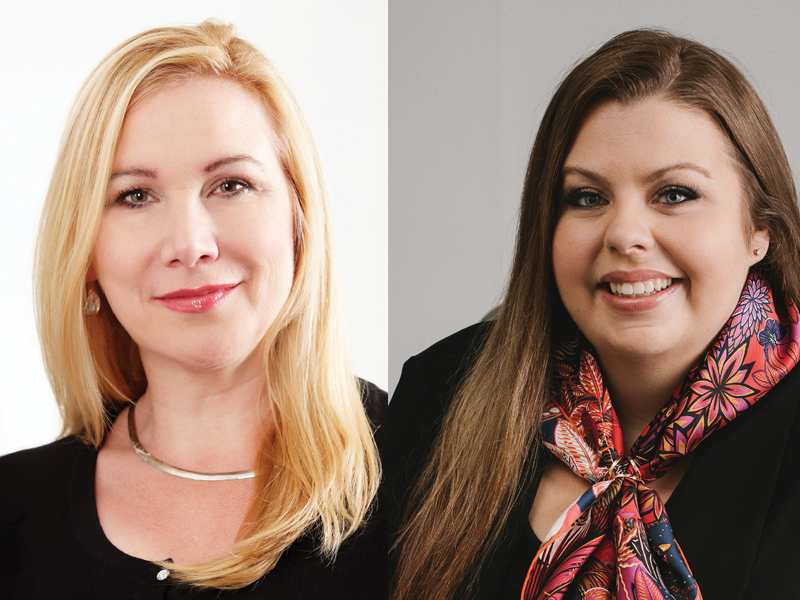
While diversity, equity and inclusion has been a major focus over the past two years, good intentions must be matched by action.
Wendy Cukier, founder of the Diversity Institute at Toronto Metropolitan University
There’s been a lot more talk about DEI in recent years, which is a good thing. However, progress in some areas has been slow.
We don’t have the latest census data yet, but Statistics Canada’s 2021 figures showed women make 89 cents for every dollar made by men and racialized and Indigenous women earn even less. Indigenous peoples earn just 56 per cent of what others earn.
Read: Employers must do more to build diverse, inclusive workforces: report
Wage gaps are driven by educational differences, occupational segregation, underemployment, representation in leadership roles and even experiences in the workplace. One of the most damning figures from Statistics Canada suggested women and some racialized people prefer working at home to be safe from the daily indignities of microaggressions.
As well, research published by Osler, Hoskin & Harcourt LLP in 2021 found women now hold about 23.4 per cent of board seats among TSX-listed companies, up two per cent over 2020 — but it will be years before gender parity is reached.
A 2020 report by the Diversity Institute at Toronto Metropolitan University (formerly Ryerson University) found white women outnumber racialized women on corporate boards by 12:1 in Toronto, where half the population is racialized. Across Canada, our review of 1,600 corporate board members found just 13 who were Black. And while some corporations are making great progress, we still see many corporate zeros — organizations with no women or diversity on their boards.
Read: Number of women on boards increasing but overall diversity still lagging: report
No doubt many companies intend to do better. More than two-thirds (67 per cent) of TSX-listed companies have adopted a written board diversity policy. More than 1,500 organizations have signed on to the federal government’s ground-breaking 50-30 Challenge, which aims to advance gender parity (50 per cent) and increased diversity (30 per cent) on boards and/or leadership roles. And voluntary pledges such as the BlackNorth Initiative demonstrate a recognition that systemic anti-Black racism exists and requires action.
Certainly, good intentions are a starting point, but investments and action are needed to really move the dial.
Tara Ataya, chief people and diversity officer at Hootsuite Inc.
Progress is no longer an option, it’s a necessity. The good news is many employers are taking action. Today, organizations are recognizing the opportunities to lean into DEI practices and nurture belonging in a new way. Particularly in the technology space, we’ve seen some considerable improvements in workplace equity and accountability.
This is a table stakes for organizations. Any company that hasn’t leaned into DEI will stand to not only lose amazing talent and customers, but to lose financially as well. Innovation is a product of diverse thinking. Fostering a working environment where employees feel safe, welcomed, valued and empowered to do their best work needs to be the No. 1 responsibility for any employer.
Read: Hootsuite incorporating wellness, DEI into redesigned workspace
It’s undeniable that organizations’ best assets are their people and embedding DEI into the corporate culture is critical. Employers must be neighbours and allies and stand in solidarity with underrepresented groups — not only to break down barriers that limit their access to basic human rights, but also to celebrate the contributions they make and the unique perspectives they bring. Success depends on employees being able to do their best work, without compromising who they are.
At Hootsuite, this has long been an area of focus. We have a diverse employee base spanning different genders, backgrounds and identities — and elevating DEI as a key pillar of our business has been imperative to our success.
Over the past two years, we’ve implemented a number of programs aimed at building a more diverse organization. This includes: improvements in how we recruit employees; standardizing our internal promotion processes to mitigate bias; achieving pay equity across all underrepresented groups; corporate goal setting around hiring, engaging and retaining people from underrepresented groups; and redesigning our benefits and offices to be more inclusive.
Since placing this greater emphasis on DEI, we’ve seen encouraging results — employee engagement has increased by 15 per cent and we’ve received positive feedback from our teams.
Read: Employers embracing diversity, but more work to be done
